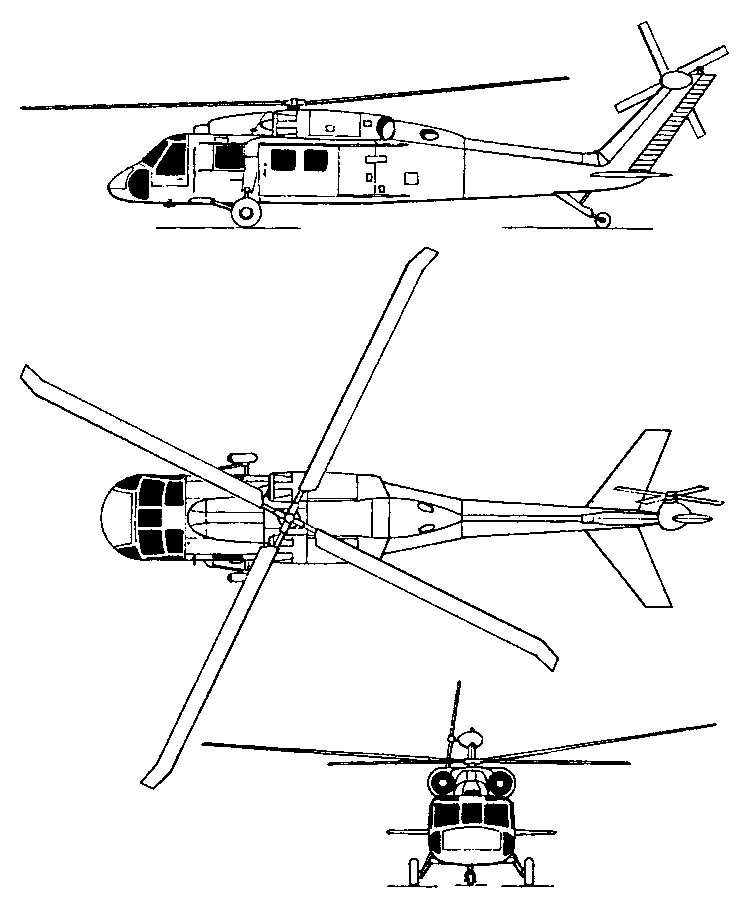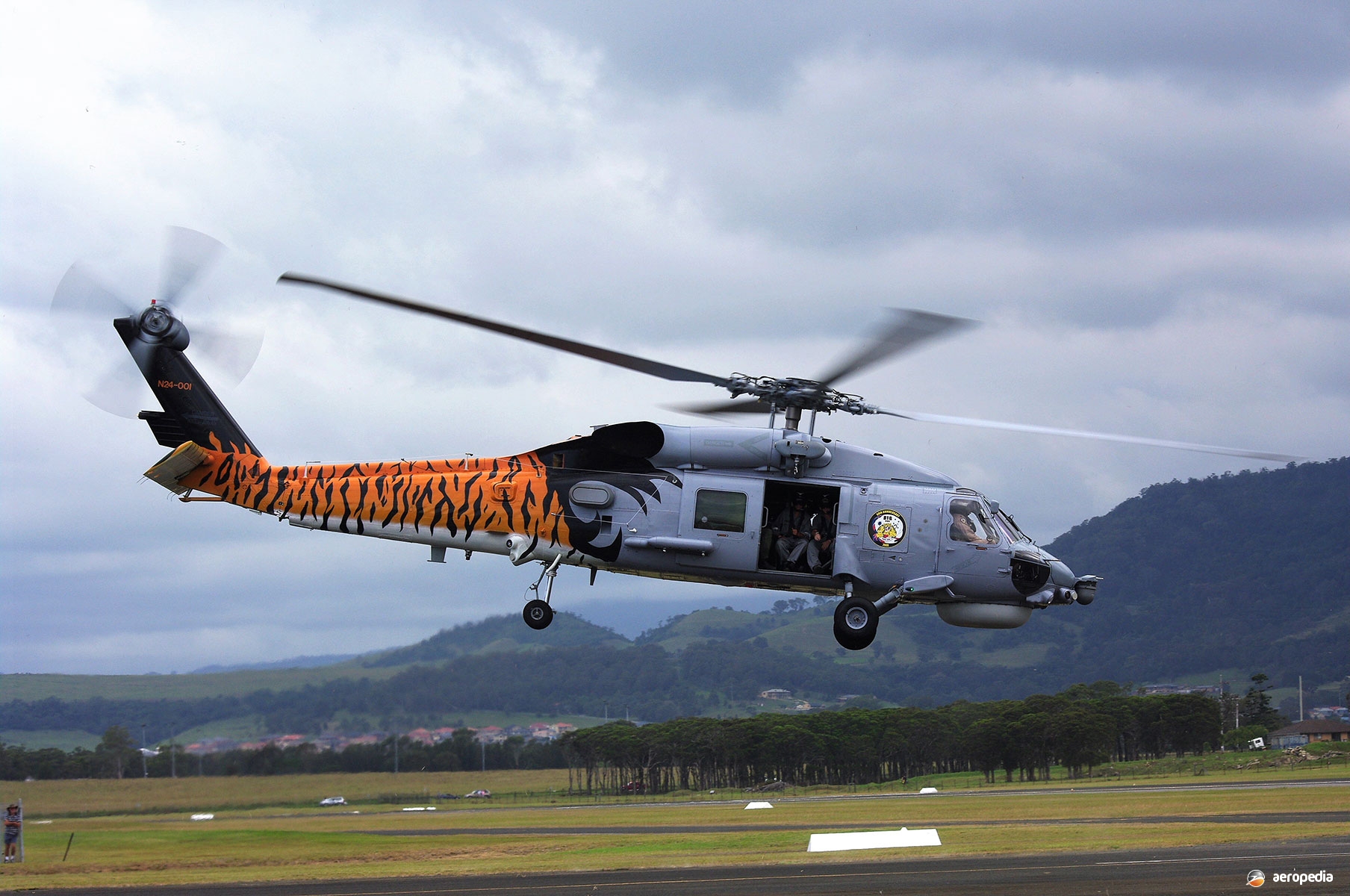Rotary-Wing Aircraft Offering Superior Sturdiness and Precision Design
In the world of aviation, rotary-wing aircraft have actually long been identified for their distinct abilities in numerous operational atmospheres. From army missions to private applications, the development of rotary-wing modern technology has paved the method for equipments that provide unparalleled sturdiness and accuracy design. Via advancements in materials and building methods, paired with innovative trip control systems, these aircraft have ended up being crucial devices for jobs that require both robustness and accuracy. As we explore the elaborate balance in between technology and integrity in rotary-wing airplane, it comes to be noticeable that the merging of sophisticated modern technology and proven layout concepts has actually set a new standard for performance and performance in the aerospace sector.
Evolution of Rotary-Wing Modern Technology
Throughout the background of air travel, the evolution of rotary-wing modern technology has been a testament to constant advancement and advancement in aeronautical design. From the early days of vertical trip with fundamental designs to the innovative helicopters and various other rotary-wing aircraft these days, the development in this area has actually been remarkable.
In the very early 1900s, pioneers like Igor Sikorsky and Juan de la Cierva made substantial strides in rotary-wing innovation. Sikorsky's VS-300 helicopter, initial flown in 1939, marked a pivotal moment in the growth of useful rotary-wing airplane. This success led the way for further innovations in vertical trip capabilities.

Today, rotary-wing airplane play crucial functions in different markets, consisting of army procedures, emergency medical services, law enforcement, and commercial transportation. The evolution of rotary-wing technology remains to push the limits of what is feasible in upright flight, guaranteeing that these airplane remain vital assets in the aviation industry.
Products and Building And Construction Innovations
Demonstrating a fusion of cutting-edge materials and precise construction strategies, rotary-wing airplane have actually gone through considerable developments in sturdiness and efficiency. Among the crucial advancements in materials used for rotary-wing airplane is the raising use of composite materials. These materials, such as carbon fiber enhanced polymers, supply a high strength-to-weight ratio, boosting both the architectural integrity and overall efficiency of the aircraft. In addition, improvements in producing processes have actually permitted more detailed and precise construction of rotary-wing parts, adding to improved the rules of aerodynamics and efficiency.
Additionally, the assimilation of advanced finishes and surface treatments has actually played an essential duty in enhancing the toughness of rotary-wing airplane. These coverings supply protection against deterioration, abrasion, and severe weather condition problems, expanding the lifespan of the aircraft and minimizing upkeep requirements.
In terms of building technologies, additive manufacturing, also referred to as 3D printing, has actually revolutionized the production of complicated elements for rotary-wing airplane. This modern technology permits fast prototyping and personalization, resulting in much faster growth cycles and reduced costs. Generally, the constant advancement of products and building and construction techniques is driving the capabilities and performance of rotary-wing aircraft to brand-new elevations.
Accuracy Trip Control Equipment

The integration of GPS modern technology even more improves the precision and dependability of these systems, enabling accurate navigation, waypoint tracking, and automated flight control. sikorsky s 70. This degree of precision not just enhances the safety and security of rotary-wing operations yet also boosts general functional effectiveness and goal efficiency
Moreover, the constant advancements in expert system and equipment knowing have actually facilitated the advancement of self-governing trip abilities within Accuracy Flight Control Solution. This enables rotary-wing aircraft to execute complex objectives with unparalleled accuracy and uniformity, making them important assets in a variety of applications, including military operations, search and rescue objectives, and aerial photography.
Resilience in Testing Settings
Sought after operational settings, rotary-wing airplane show remarkable durability and effectiveness, ensuring optimal performance under difficult ecological problems. These airplanes are made to withstand a large range of environmental aspects, consisting of severe temperature levels, high winds, and harsh surface, making them well-suited for various missions in diverse landscapes.
One essential element adding to the toughness of rotary-wing airplane is their rugged construction. These aircraft are built using premium materials and advanced engineering techniques to enhance their architectural honesty and integrity. In addition, parts such as rotor blades, engine systems, and touchdown equipment are meticulously designed to withstand the pressures and stress and anxieties come across throughout operations in challenging settings.
In addition, rotary-wing airplane are geared up with sophisticated onboard systems that monitor performance metrics in real-time, enabling for proactive upkeep and early detection of possible problems - sikorsky s 70. This proactive approach aids stop unexpected failings and makes certain why not find out more the continued airworthiness of the aircraft in requiring functional settings. On the whole, the toughness of rotary-wing aircraft in challenging settings is a testament to their exceptional design and layout, making them essential possessions for numerous mission-critical procedures
Upkeep and Integrity Standards
The adherence to strict upkeep and dependability criteria is extremely important in ensuring the optimal performance and security of rotary-wing airplane. Routine upkeep checks, performed by qualified technicians, are necessary to determine and resolve any possible issues before they endanger the aircraft's performance. These checks incorporate an extensive assessment of all critical elements, consisting of the engine, rotor system, avionics, and hydraulic systems, to ensure that they are in prime functioning problem.
Furthermore, adherence to set up upkeep intervals according to supplier guidelines is important for promoting the aircraft's reliability. This positive strategy aids prevent unforeseen malfunctions and makes certain that the aircraft remains airworthy for its designated objectives. Furthermore, the execution of durable reliability standards, such as routine component testing and replacement based on fixed lifecycles, further enhances the aircraft's dependability.
Final Thought

Finally, the improvements in rotary-wing airplane modern technology have actually brought about premium durability and accuracy design. With cutting-edge products and construction strategies, in addition to accuracy trip control systems, these airplane can operate in difficult environments with increased reliability. The upkeep and integrity requirements make sure that these rotary-wing aircraft remain to perform at their ideal, making them necessary possessions for different industries.
Showing a blend of innovative materials and precise building and construction methods, rotary-wing aircraft have actually undertaken considerable my link advancements in durability and efficiency. One of the key technologies in products used for rotary-wing airplane is the enhancing utilization of composite products.With precise focus to information and advanced technical assimilation, rotary-wing airplane have embraced Precision Trip Control Solution as a keystone click now of their functional quality. Generally, the resilience of rotary-wing airplane in difficult settings is a testament to their premium engineering and layout, making them important properties for different mission-critical procedures.
In conclusion, the innovations in rotary-wing aircraft modern technology have led to remarkable durability and precision design.
Comments on “Unveiling the Sikorsky S 70: Developments and Advancements in Helicopter Engineering”